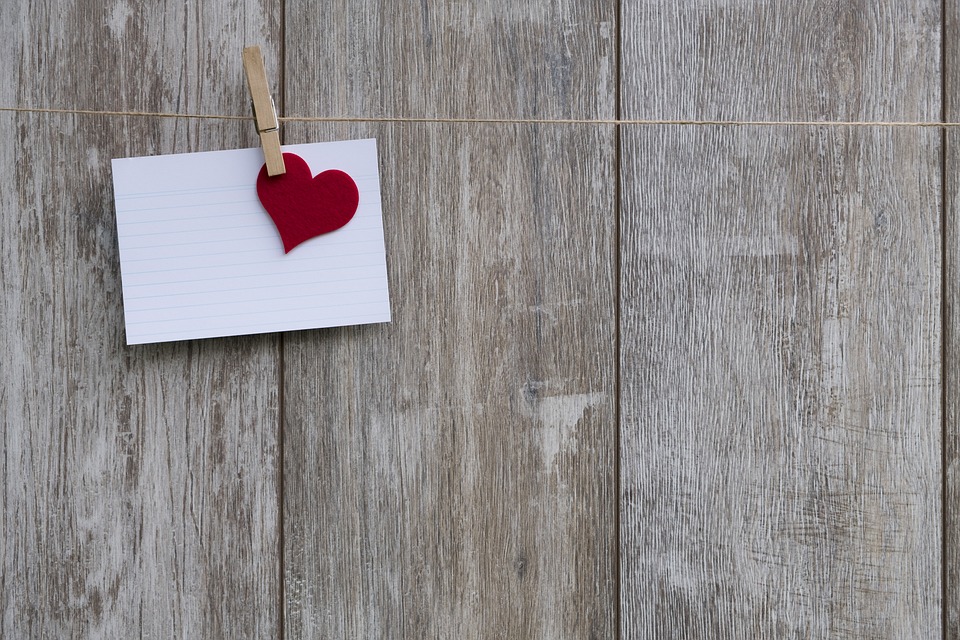A Guide to Perfectly Matching Clothes Colors
Introduction:
Matching clothes colors can often be a daunting task, especially if you want to create a stylish and put-together look. Worry no more! This comprehensive guide will take you through the art of perfectly matching clothes colors, ensuring that you always step out in style. From understanding color theory to practical tips, this article will equip you with the knowledge you need to create eye-catching and harmonious outfits.
I. Understanding Color Theory:
To create a harmonious outfit, it is essential to understand the basics of color theory. Here are the key principles to keep in mind:
1. The Color Wheel:
The color wheel is a powerful tool that helps in understanding the relationships between colors. It consists of twelve basic colors, with primary colors (red, blue, and yellow) at its three points. Secondary colors (green, purple, and orange) are created by mixing two primary colors, while tertiary colors result from combining a primary and a secondary color.
2. Complementary Colors:
Complementary colors are hues that sit opposite each other on the color wheel. When paired together, they create a striking contrast. For example, blue and orange, or red and green.
3. Analogous Colors:
Analogous colors are those that sit next to each other on the color wheel. They create a harmonious and visually pleasing effect and are often seen in nature. For instance, orange, yellow, and green.
4. Triadic Colors:
Triadic colors are a combination of three hues that are evenly spaced apart on the color wheel, creating a balanced and vibrant look. For example, red, green, and blue.
II. Tips for Matching Clothes Colors:
Now that you understand the basics of color theory, here are some practical tips for effortlessly matching clothes colors:
1. Start with a Neutral Base:
Begin by selecting neutral colors such as black, white, gray, or beige as your base. These versatile hues provide a solid foundation for incorporating more vibrant shades.
2. Pair Complementary Colors:
To create a visually striking outfit, pair colors that sit opposite each other on the color wheel. For example, wear a blue blouse with orange trousers or a red top with green pants.
3. Experiment with Analogous Colors:
For a more harmonious and coordinated look, consider using analogous colors. This approach will give your outfit a sophisticated and unified appearance. For instance, combine various shades of blue with a touch of purple.
4. Use Color Blocking:
Color blocking involves wearing solid blocks of contrasting colors. It can be achieved by pairing separates in distinct hues or by wearing a single garment with multiple panels of different colors. Experiment with bold combinations like yellow and pink or blue and orange.
5. Incorporate Neutral Accessories:
Neutral accessories, such as belts, shoes, and bags, provide balance and allow your outfit’s colors to take center stage. They work well with bold and vibrant clothing choices.
6. Consider Skin Tone:
When matching clothes colors, it’s important to take your skin tone into account. Certain colors can enhance your complexion, while others may clash or wash you out. For example, warm skin tones often look great in earthy hues like browns and oranges, while cooler skin tones can be complemented by blues and purples.
FAQs:
Q1. How do I know which colors complement each other?
A1. By referring to the color wheel, you can identify complementary, analogous, and triadic colors. Experimenting with different combinations will help you develop an eye for what works best.
Q2. Can I wear multiple vibrant colors in one outfit?
A2. Yes! The key is to maintain balance. Pair one dominant vibrant color with one or two neutral or subdued shades to create a harmonious look.
Q3. Are there any colors that are universally flattering?
A3. While specific colors can enhance certain complexions, universally flattering color choices include navy blue, white, black, and various shades of gray. These neutrals tend to work well with a range of skin tones.
Q4. Are there any rules about wearing patterns with colored clothing?
A4. When matching patterns with colored clothing, ensure that at least one color from the pattern complements or harmonizes with the rest of your outfit. This will create a cohesive and stylish look.
Conclusion:
Matching clothes colors can indeed be a fun and creative process once you understand the basics of color theory. By using the color wheel, experimenting with complementary and analogous colors, and considering your skin tone, you can create eye-catching and stylish outfits. So let your inner fashionista shine and explore the endless possibilities of perfectly matching clothes colors.




